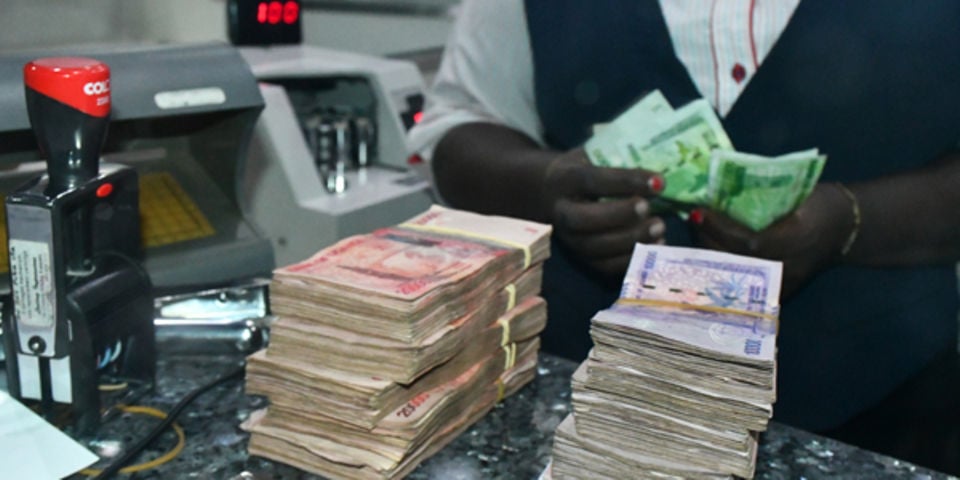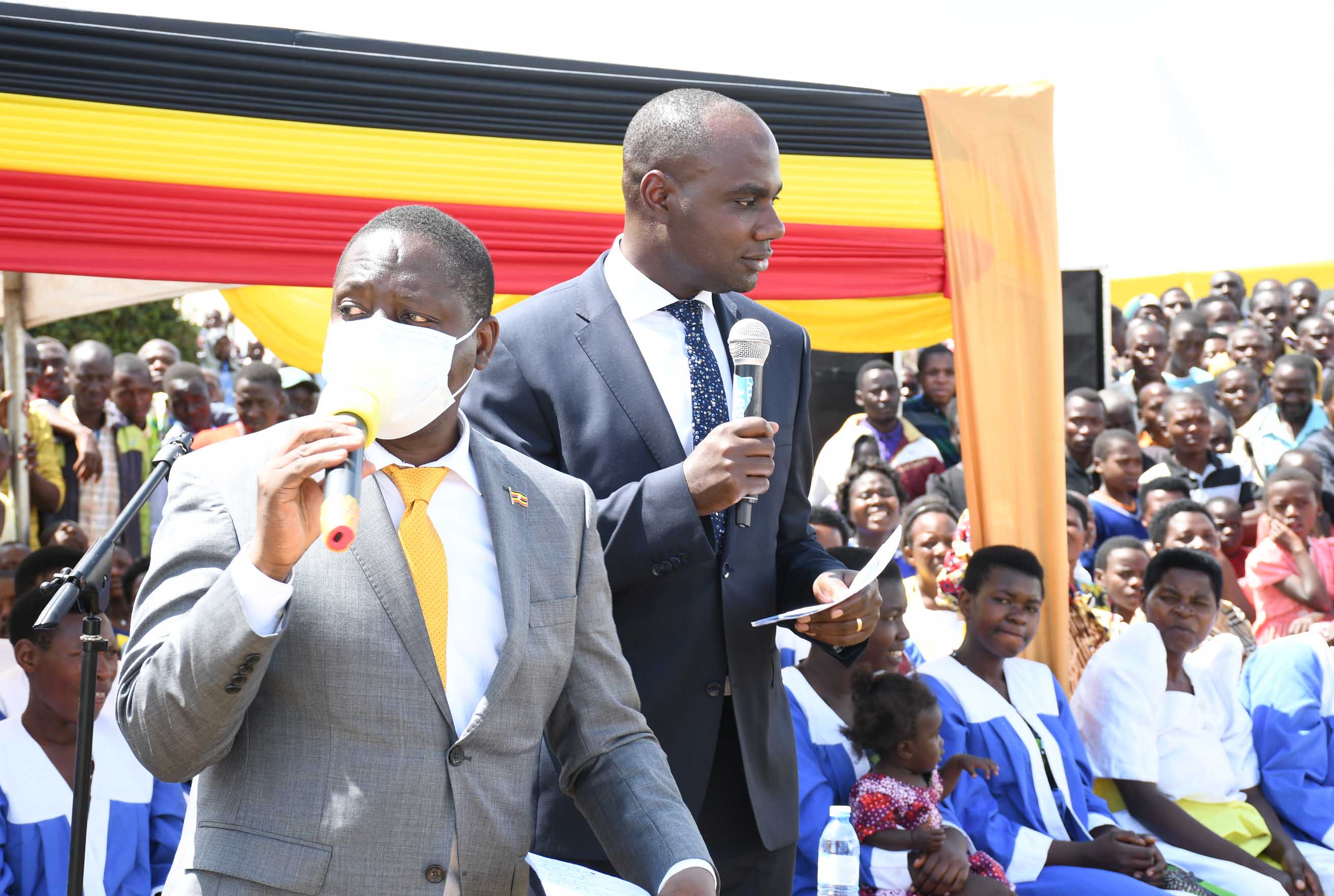Prime
Finance releases Shs31.8 billion for gov’t suppliers

A road under construction. Starting in June 2021, the government came up with the strategy to clear and prevent domestic arrears. PHOTO / file
What you need to know:
- The accumulation of expenditure arrears has been a persistent problem in Uganda, which affects the stability of private sector.
The Ministry of Finance yesterday relieved the service providers to the government from financial constraints to conduct their businesses by releasing domestic arrears of Shs31.80 billion. This represents 4.80 percent of the total budget for quarter three of the Financial Year 2022/23.
Over the years, the accumulation of expenditure arrears has been a persistent problem in Uganda, which affects the stability of private sector who provides various services to government.
Starting in June 2021, the government came up with the strategy to clear and prevent domestic arrears to address the perpetual problem of arrears for the government of Uganda.
Speaking yesterday during the release of funds for quarter three of the Budget for the Financial Year 2022/23 at the Ministry of Finance headquarters, the Permanent Secretary/Secretary to the Treasury, Mr Ramathan Ggoobi said: “Accounting officers must prioritise payment of service providers on time and avoid accumulation of arrears.”
Mr Ggoobi said all government institutions should ensure pre-payment of utilities (water and electricity).
“Failure to adhere to this, the service providers should turn off services to the non-compliant votes. Clearance of domestic arrears must be prioritised,” he said.
Mr Ggoobi added: “While setting cash limits for Q3, we took account of the releases made so far, performance of domestic revenues, the general economic outlook and the need to balance the objective of supporting economic recovery and service delivery with maintenance of macroeconomic stability and fiscal sustainability.”
On the revenue front, government collected Shs9.058 trillion between July and November 2022 which translates into a surplus of Shs37.43 billion against the target for that period.
Speaking about the general economic activity, Mr Ggoobi said the high frequency indicators of economic activity show improvements in the level of economic activity in quarter two compared to quarter one. The Composite Index of Economic Activity averaged 150.73 in quarter two, which is 1.6 percent higher than the average of 148.42 registered in quarter one.
Exchange rate
In regards to Exchange rate, Mr Ggoobi said the Shilling has been strengthening against the US Dollar since September 2022. In December 2022, the shilling appreciated by 1.8 percent mainly driven by dollar inflows from NGOs, exports, investments in the oil sector and remittances which outweighed demand for the dollar during the month.
Due to adjustment in monetary policy by the Central Bank from accommodative monetary policy to tight monetary stance, by raising the Central Bank Rate, the interest rates charged by the financial institutions have also risen.
In spite of the monetary policy tightening, the stock of Private Sector Credit has continued to grow.
Interest rates
Due to adjustment in monetary policy by the Central Bank from accommodative monetary policy to tight monetary stance, by raising the Central Bank Rate (CBR), the interest rates charged by the financial institutions have also risen.
Mr Ggoobi said interest rates have been going up since the start of the financial year as the Central Bank adopted monetary policy tightening to bring down inflation.




